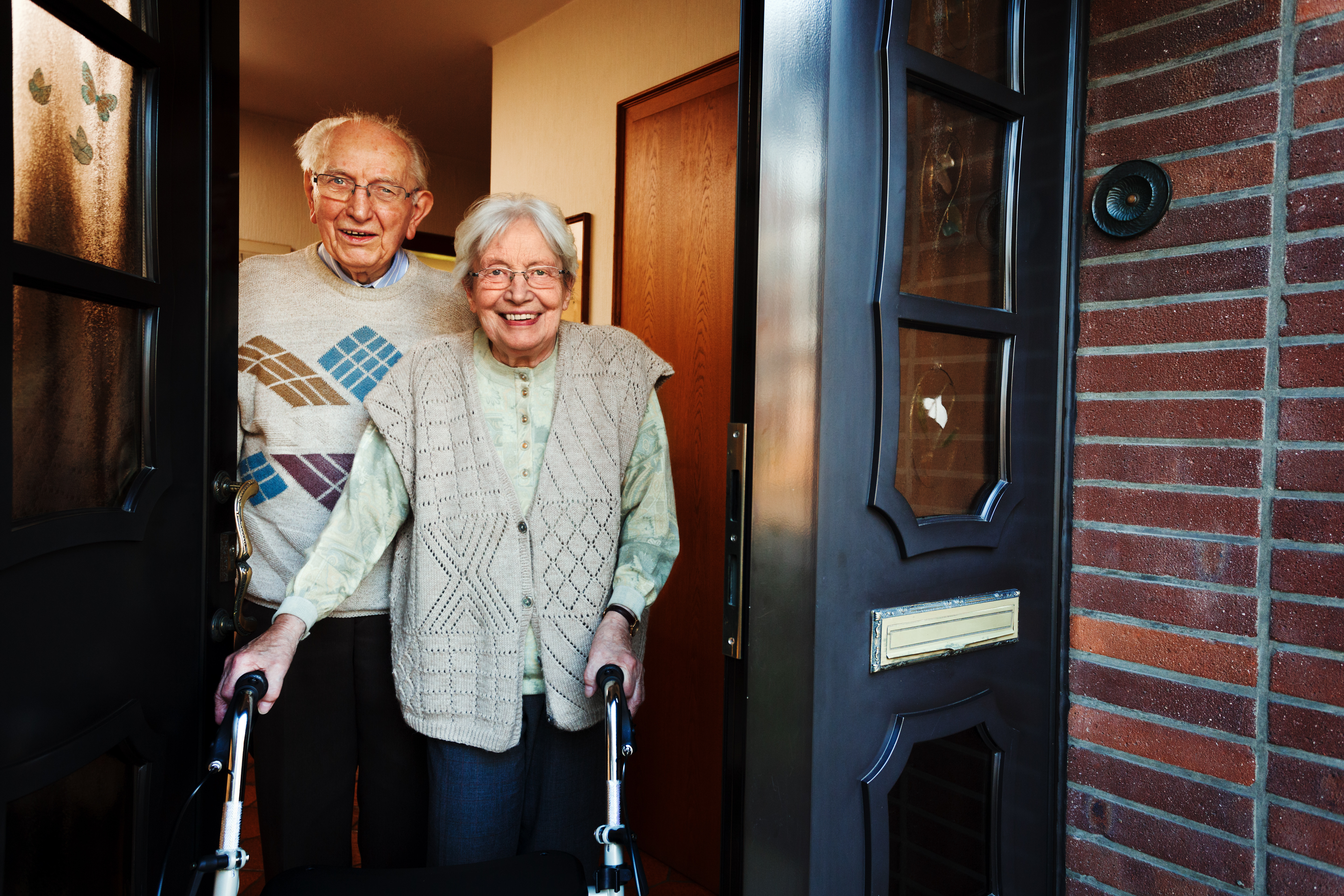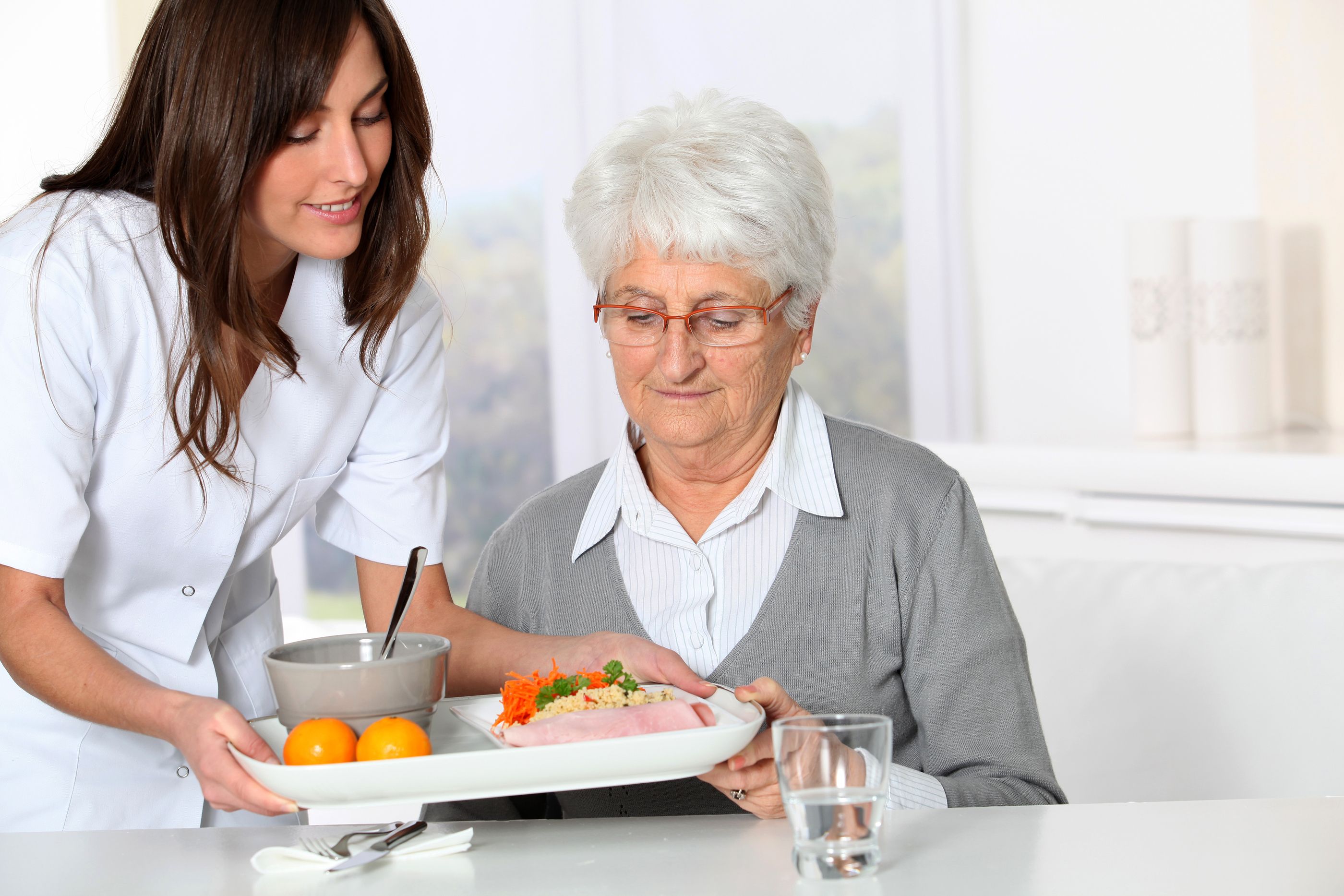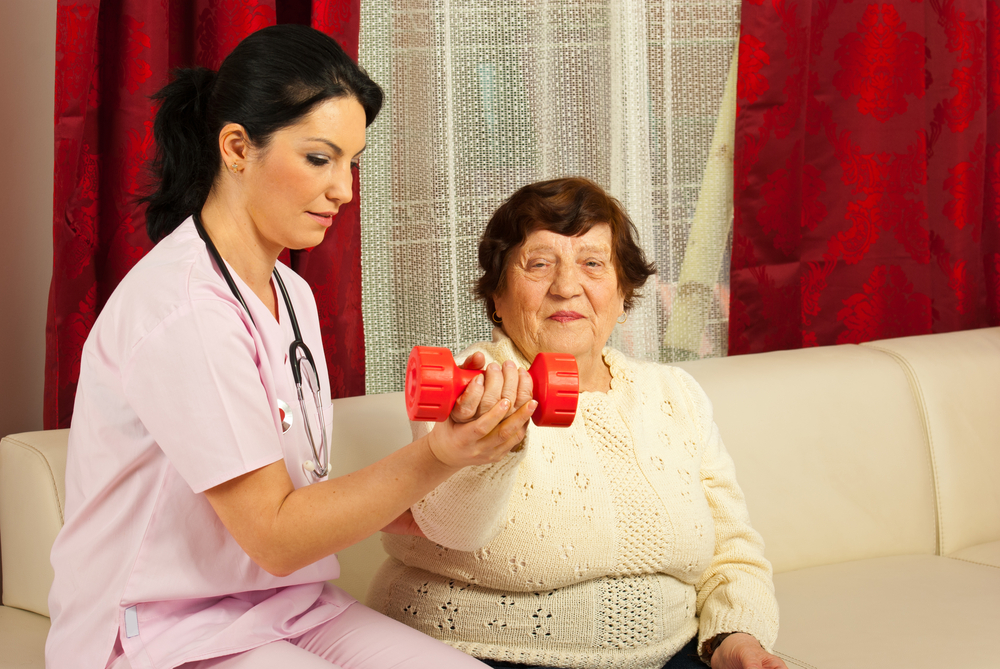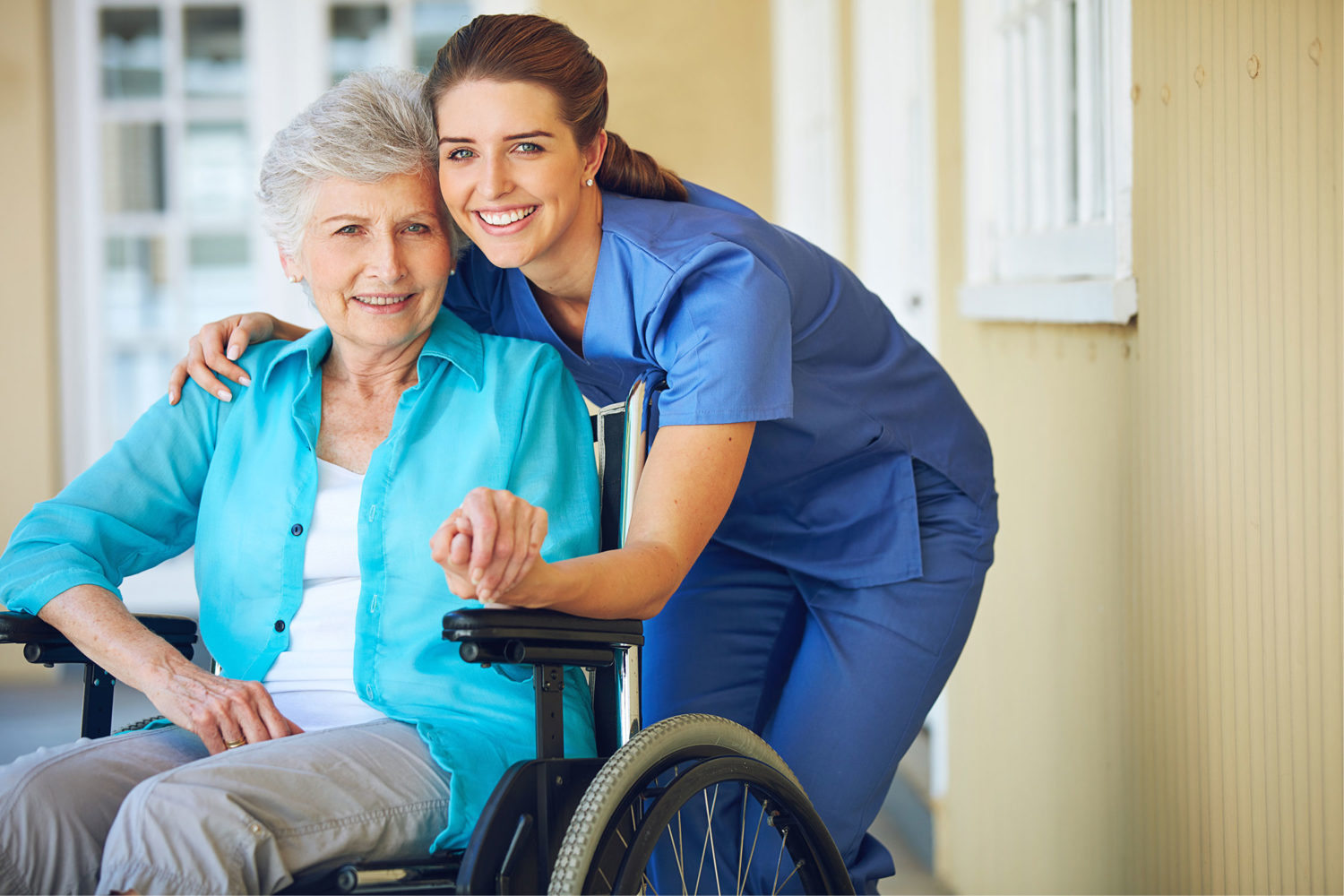The desire to “age in place”—to live independently in your own home for as long as possible—is a goal shared by a vast majority of seniors. Studies show that over 75% of older adults want to remain in their homes rather than move to assisted living facilities. While this is an inspiring and achievable goal, it often requires proactive planning and the right tools. The key to successful independent living isn’t about ignoring the realities of aging; it’s about embracing them with smart, strategic preparation.
This is where essential medical supplies for seniors and senior home care equipment become indispensable. These items are not simply for emergencies; they are the fundamental building blocks of a safe, comfortable, and empowering environment. When people ask, “What products do seniors need most?” the answer often boils down to three key areas: mobility aids, bathroom safety equipment, and health monitoring tools. These are the items that directly address the primary concerns of aging: fall prevention, maintaining independence, and ensuring quick access to help. This comprehensive guide will walk you through the most crucial categories of equipment that make a significant difference, helping you or your loved ones continue to live with confidence and dignity at home.
Creating a Safe and Comfortable Home Environment
Successfully aging in place starts with a holistic approach to the home environment. The goal is to create a space that is not only accessible but also feels welcoming and secure. This involves a shift in perspective from a standard home to one optimized for well-being. A great first step is a home safety assessment to identify potential hazards, from loose rugs to poor lighting.
Seniors need a proactive approach to home safety, and that begins with thinking about what products they need most before an accident happens. For example, installing grab bars in the bathroom, even when they aren’t strictly necessary yet, can prevent a future fall. The most impactful changes often come from a combination of elderly care products that enhance mobility, ensure bathroom safety, and provide tools for managing daily health. This guide will preview the six essential categories that make the biggest difference in maintaining this critical balance between independence and safety, all while supporting a high quality of life.
1. Essential Mobility Aids for Independence
For many seniors, the most important device to maintain their independence is a mobility aid. These tools are often the difference between staying active and becoming sedentary.
Choosing the Right Walking Aid for Your Loved One
- Walkers vs. Rollators: A standard walker, with four legs and no wheels, provides maximum stability and support, making it ideal for individuals with significant balance issues. A rollator, on the other hand, is a wheeled walker that offers more speed and maneuverability. It typically includes a seat, brakes, and a storage basket, making it perfect for more active seniors who want to take breaks during long walks. When choosing a rollator, consider lightweight options that are easy to lift in and out of a car.
- Canes and Walking Sticks: Canes are a great option for those who need a lower level of support and can still bear most of their weight. It’s crucial to select a cane that is the correct height to prevent slouching and strain. Quad canes, with their wider base, provide superior stability compared to single-point canes.
Advanced Mobility Solutions
- Wheelchairs: Wheelchairs are essential for individuals with limited mobility or for use during recovery from an injury. Manual wheelchairs are lightweight and easy to fold, but they require upper body strength or a caregiver to operate. Powered wheelchairs offer maximum independence for daily use but are heavier and require more space.
- Stair Lifts and Platform Lifts: A multi-level home can pose a significant challenge. A stair lift allows a senior to safely and effortlessly travel between floors while seated. These devices are a major investment, so it’s important to research costs, installation requirements, and local regulations. For wheelchair users, platform lifts or ramps are necessary to maintain access to different levels of the home or to get in and out of the house easily.
2. Bathroom Safety and Personal Care Equipment
The bathroom is one of the highest-risk areas for falls. Proactive modifications using the right elderly care products can significantly reduce this risk and maintain a senior’s dignity during personal care routines.
Essential Bathroom Safety Features
- Shower Chairs and Bath Benches: Standing in a slippery shower or tub can be dangerous. A shower chair provides a secure, non-slip place to sit while bathing. Transfer benches are particularly useful, as they extend over the side of the tub, allowing a senior to slide from the outside to the inside without having to step over the high wall.
- Toilet Safety Equipment: The simple act of sitting down and standing up from a toilet can become difficult. Raised toilet seats elevate the height of the toilet, reducing the distance a senior needs to travel. Adding sturdy grab bars next to the toilet provides a stable point of leverage.
- Grab Bars and Safety Rails: The strategic placement of grab bars is paramount. They should be installed not only in the bathroom but also along hallways and stairways. For optimal safety, these bars must be professionally installed into wall studs to support a person’s full weight.
- Non-slip Safety Products: Simple, low-cost items can make a huge difference. Non-slip bath mats and adhesive shower strips prevent slips on wet surfaces. Outside the bathroom, using non-skid runners on stairs and in hallways is a simple way to prevent trips.
Personal Hygiene Support Tools
- Long-handled Sponges and Brushes: These tools allow seniors to wash hard-to-reach areas without straining or losing balance.
- Toileting Aids: Devices like bottom wipers and bidet attachments can greatly enhance a person’s ability to maintain personal hygiene independently, which is a crucial aspect of dignity in senior home care.
3. Health Monitoring and Medication Management
Keeping track of health and medication schedules is vital for aging in place. These tools empower seniors and their caregivers to stay on top of daily health and wellness.
Home Health Monitoring Equipment
- Blood Pressure Monitors: Regular monitoring of blood pressure is a key part of managing cardiovascular health. Automatic digital monitors are the easiest to use and provide quick, accurate readings. It’s important to ensure the cuff is the right size and that the senior knows when to report concerning numbers to their healthcare provider.
- Digital Thermometers: Quick and accurate temperature readings are essential for detecting illness early. Forehead or ear thermometers are generally the most convenient and non-invasive for seniors.
- Pulse Oximeters: These small devices measure blood oxygen levels and pulse rate, which can be particularly useful for seniors with respiratory conditions like COPD.
Medication Organization Systems
- Pill Organizers and Dispensers: Medication errors are a serious risk. Simple weekly pill organizers, or more advanced smart dispensers with alarms and notifications, can significantly improve medication adherence. For individuals with dexterity issues, large-button and easy-grip designs are available.
- Emergency Medical Information: Having critical health data readily accessible can be life-saving. Medical alert bracelets or necklaces, along with a visible list of all medications, dosages, and emergency contacts, are non-negotiable for anyone aging in place.
4. Daily Living Assistance Tools
These smaller, often overlooked aging in place supplies are designed to make everyday tasks easier, allowing seniors to maintain a sense of normalcy and independence without frustration.
Kitchen and Dining Aids
- Ergonomic Cutlery and Adaptive Utensils: For those with arthritis, tremors, or limited hand strength, adaptive utensils with built-up handles or ergonomic grips can make eating much easier. Weighted utensils can also help manage hand tremors.
- Kitchen Safety Tools: Simple tools like easy-grip can openers and jar openers can prevent strain and frustration. Lightweight cookware, reaching tools, and grabbers are also excellent additions to a senior-friendly kitchen, reducing the need for stretching or bending.
Comfort and Sleep Enhancement
- Bed Canes and Transfer Aids: Getting in and out of bed can become a challenge. Bed canes, which slide under the mattress to provide a sturdy handle, and bed rails offer a secure point of leverage.
- Comfort Products: A good night’s sleep is crucial for overall health. Items like memory foam pillows, heating pads for sore muscles, and adjustable bed bases can significantly improve comfort, reduce pain, and enhance the quality of rest.
5. Emergency Preparedness and Safety Systems
Peace of mind is priceless. These systems provide a critical safety net for seniors and their families, ensuring help is always just a moment away.
Medical Alert and Communication Systems
- Medical Alert Systems: A wearable medical alert system, whether a pendant or a watch, allows a senior to call for help with the push of a button. Many modern systems include GPS and fall detection technology, providing an extra layer of protection for active seniors.
- Emergency Lighting and Navigation: Motion-sensor nightlights and pathway lighting systems prevent trips and stumbles during late-night bathroom trips, which are a common cause of falls. Having emergency flashlights and a backup power source is also a wise precaution.
- Home Security and Monitoring: Smart home technology can provide remote monitoring capabilities for family members, including emergency contact systems and medication reminders, offering peace of mind for everyone involved. For seniors who are comfortable with technology, these systems can be a valuable asset.
6. Professional Care Integration and Support
While aging in place supplies can do a lot, sometimes professional assistance is necessary to ensure safety and well-being. Knowing when to seek this help is crucial.
When to Seek Professional Assistance
- Home Care Services: When daily tasks become too difficult, part-time or live-in home care services can provide hands-on assistance with personal care, meal preparation, and medication management. A professional caregiver can also help assess equipment needs and provide training on its proper use.
- Healthcare Provider Coordination: Consulting with a healthcare provider or occupational therapist is key to selecting the right medical supplies for seniors. They can recommend specific equipment based on a senior’s health condition and mobility, as well as advise on potential insurance coverage.
- Regular Reassessment: As a person’s needs change over time, it’s essential to regularly reassess their home environment and equipment. A piece of equipment that worked six months ago may no longer be suitable. Staying in close contact with healthcare providers ensures that the care plan remains relevant and effective.
Conclusion: Investing in Quality of Life and Independence
When we consider “what products do seniors need most?” the answer is clear: the most critical items are those that directly address the core challenges of aging—mobility aids, bathroom safety equipment, and emergency alert systems.
Investing in these aging-in-place supplies is not about surrendering independence; it’s about safeguarding it. By gradually implementing these changes and consulting with healthcare professionals, you can create an environment that is not only safer and more comfortable but also honors the dignity and desire for independence that is so important to seniors. This proactive approach provides a robust support system, ensuring that your loved ones can successfully and happily age in place.
Frequently Asked Questions (FAQ)
Q: What products do seniors need most? A: The three most essential categories of senior home care equipment are mobility aids (like walkers and rollators), bathroom safety equipment (such as shower chairs and grab bars), and emergency alert systems. These items are fundamental for fall prevention, maintaining daily independence, and ensuring immediate help is available in an emergency.
Q: What is the most important device that can help elderly people? A: While individual needs vary, a mobility aid like a walker or rollator is often the single most impactful device for maintaining independence. It enables safe movement throughout the home and allows seniors to participate in daily activities without fear of falling.
Q: How much do senior medical supplies typically cost? A: The cost varies widely. Basic supplies like grab bars and shower chairs can range from $20 to $100, while more advanced items like rollators or adjustable beds can cost several hundred dollars. Many of these items may be covered by Medicare or private insurance, provided a prescription or a letter of medical necessity from a healthcare provider is obtained.
Q: When should I start introducing medical supplies for my elderly parent? A: It’s best to be proactive. Start introducing these supplies when you first notice changes in mobility, balance, or difficulty with daily tasks. It’s much easier for a senior to adapt to a new piece of equipment gradually rather than after a fall or injury has already occurred.
Q: Are there rental options for expensive equipment? A: Yes, many medical supply companies and pharmacies offer rental options for costly equipment like hospital beds, wheelchairs, and stair lifts. This is an excellent, cost-effective solution for temporary needs or to allow a senior to try out a piece of equipment before making a purchase commitment.
Q: Can smart home technology help with senior care? A: Absolutely. Smart home technology, from voice-activated assistants and smart thermostats to medication reminders and fall detection systems, can significantly enhance the safety, convenience, and independence of seniors, providing an additional layer of support for those aging in place.
For more information on having the support you not only need but deserve, please contact info@premierhomecare.ca You may also look at more information about our services on Premier Homecare, here.







